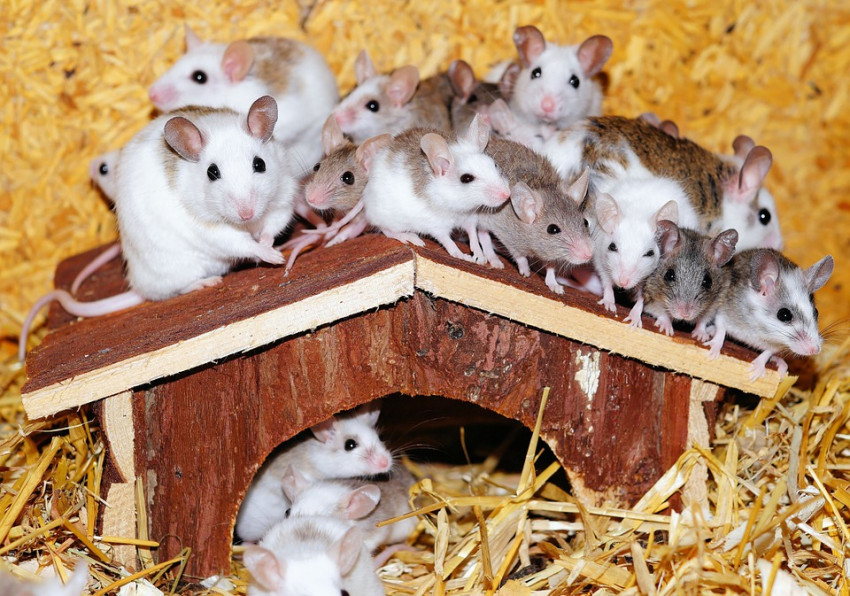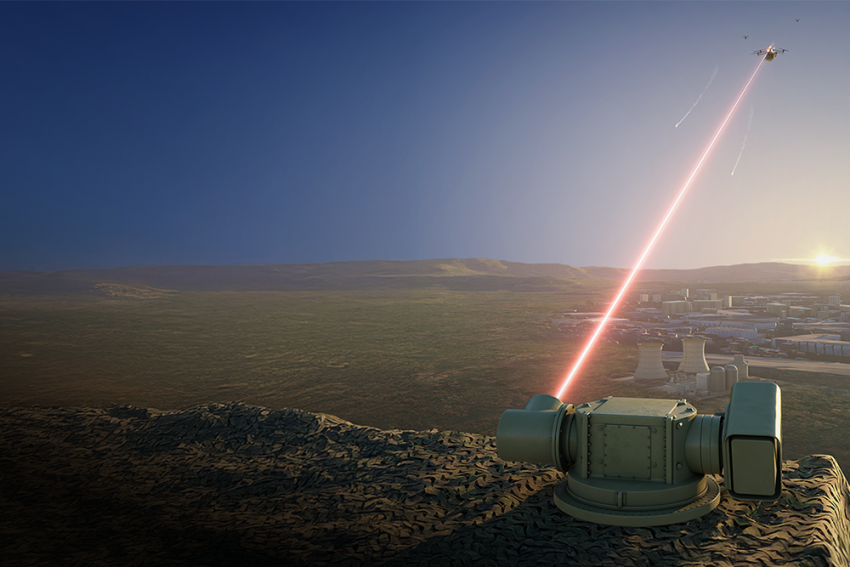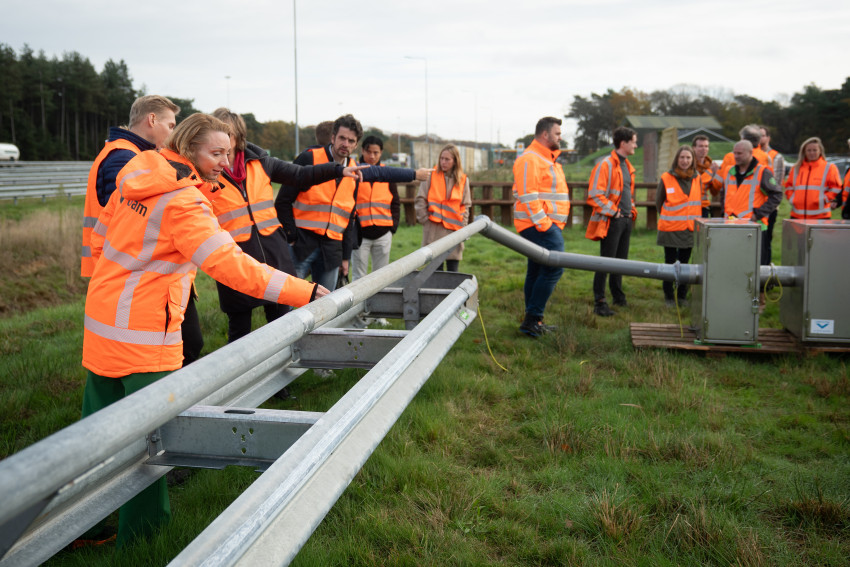
Virtual scent landscape for mice
In order to understand how the brain processes smells, American scientists have developed a virtual reality (VR) system for mice, containing a specific pattern of smells. The animals were able to navigate their way around the VR system, by simply following their nose.
‘Imagine a room in which each area has a unique scent’, says researcher Brad Radvansky in a press release. And imagine that the scent profile is maintained, no matter how much time elapses or how fast you move through the room.'
Scent

Source: Radvansky and Dombeck,
Nat. Com. 2018.
This was the design of a VR room containing scents for mice. They were first allowed to explore the virtual environment, while wearing VR glasses to give both visual and olfactory guidance. The researchers then switched off the visual VR system, so that the mice could only use their noses. They performed equally well, with the smells apparently sufficient for the mice to find their way around.
In this test, the mouse was held on a spherical treadmill (see right), so that it experienced freedom to move in any direction. It could smell a certain profile via a small mouthpiece, depending on its position in the VR system. The scents used included bubble-gum and pine.
ALGORITHM
It must be possible to quickly change scent profiles, to match the varying movement speed of the mouse. This was initially problematic, resulting in the mouse receiving the scent profile of the previous position. The researchers corrected this by adding an algorithm to predict the future position of the mouse, based on its previous locations and speeds. The algorithm determines beforehand which smell profile the mouse will receive, so that this profile matches its current location.
HUMAN APPLICATIONS

Source: Radvansky and Dombeck,
Nat. Com. 2018.
This virtual smell room will allow the researchers to study how the brain processes smells. Moreover, it may well be suitable for human use in the future. ‘Development of VR technology has mainly focused on vision and sound', Dombeck said. 'It is likely that our technology will eventually be incorporated into commercial VR systems to create a more immersive, multisensory experience for humans.' Who knows, smelly telly may well become (virtual) reality in the end.
If you found this article interesting, subscribe for free to our weekly newsletter!
Opening photo: pixabay







